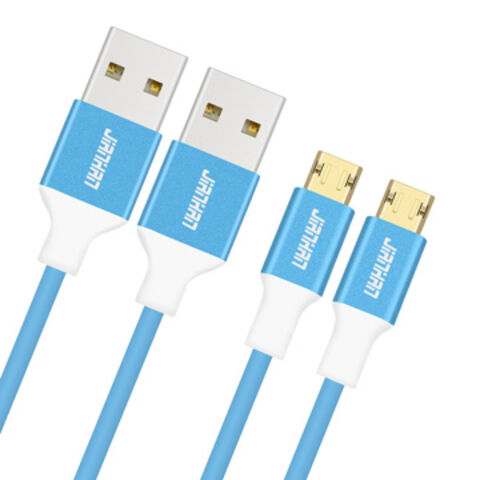

As always, you can call us at 80 for assistance. If a laptop is what you’re shopping for, our Vector 14 or Raptor T15 are definitely worth checking out. If you’re ready to try out a USB 3.1 desktop, check out our Raptor Signature Edition, Z95, and Z55. A change like this does not happen overnight, especially with all of the Type-A devices out there.
Pictures of usb cable types full#
Full integration is on the way, but will still take time. It’s now becoming a staple on most laptops and feature-rich desktop motherboards.

If you’re shopping for a new desktop, laptop, or mobile device, you’re probably seeing USB Type-C just about everywhere. We’ll go over USB 3.2 in detail in a future post dedicated to it only. To add to the confusion, this version comes in several types – Gen 1, Gen 2, Gen 2×2 which all have different specs. Again, one port to rule them all.įollowing closely on the heels of USB 3.1 is USB 3.2 with even faster data transfers. Some Type C ports can even do dual duty as Thunderbolt 3 ports. With 4 data lanes, USB 3.1 Type-C can even carry DisplayPort and HDMI video signals, further adding to its ubiquity. The 100W of PD v2.0 is enough to power and charge full sized notebooks, which means the proprietary AC port may soon be replaced by this universal alternative. When used with the Type-C connection, things get really interesting for 3.1. And like previous versions of USB, it is fully backwards compatible with its predecessors. USB Power Delivery 2.0 makes a big step forward as well with up to 100W of power. Identifiable by its bright turquoise port, USB 3.1/gen 2 doubles the transfer speed of 3.0 to a whopping 10 Gbps. USB 3.1 (aka USB 3.1/gen 1 and USB 3.1/gen 2) is the successor to USB 3.0. What is USB 3.1? USB Type-A and a USB Type C side-by-side in harmony Remember, Type-C is the connection type and may actually run on a lesser spec – USB 2.0 even – so don’t assume you’ll be getting all that 3.1 or 3.2 goodness just because you see that tiny reversible port. One thing to note, because announcements of Type-C connections have come hand in hand with USB 3.1/3.2, many people assume they’re the same, or at the very least that all Type-C runs on the faster spec.

Pictures of usb cable types Pc#
If you’ve purchased a new PC recently, you probably have at least one USB C port. Over the next few years, look for USB Type-C to begin becoming the universal port for all devices including desktop, laptop, and mobile. And best of all, it’s reversible, so the days of flipping your USB cable three times before inserting it correctly may finally be numbered. Basically, it’s one USB connection type to rule them all. It’s the form factor – small, compact, and replaces the standard USB Type-A and B connections as well as the myriad of micro and mini USB ports. USB Type-C is a description of the port connection itself. Here’s a chart:īut now Type-C is here to save the day. Add micro and mini versions commonly used with phones/tablets of each of these into the fold and suddenly you’ve got a half dozen connection types and a recipe for confusion. The blocky, almost square port used in many large peripherals like printers is USB Type-B. The rectangular port you’re most familiar is called USB Type-A. Over the years, the USB connection has taken on many forms. But what’s the difference? Which one do you need? And how are they different from previous types like USB 3.0 or even 2.0? Let’s break it down. If you’ve been paying attention to the world of USB, you may have heard about USB 3.1/3.2 and USB Type-C.


 0 kommentar(er)
0 kommentar(er)
